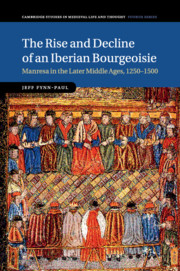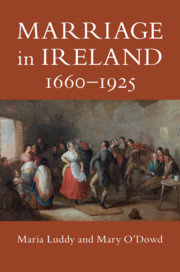 Sysnopsis: A man lies under the tawny earth, hands still clutching the knife that killed him. Thorfinn Sigurdarson, Earl of all Orkney and Caithness, has made a mistake, and he won’t let himself forget it. Now rumours have started in the Norse lands that he might be getting a second chance – but should he take it, when it means that dead men are walking?
Sysnopsis: A man lies under the tawny earth, hands still clutching the knife that killed him. Thorfinn Sigurdarson, Earl of all Orkney and Caithness, has made a mistake, and he won’t let himself forget it. Now rumours have started in the Norse lands that he might be getting a second chance – but should he take it, when it means that dead men are walking?Thorfinn Sigurdsson - Thorfinn the Mighty - was the youngest of the sons of Earl Sigurd "the Stout" Hlodvirsson, each of whom would also bear the title Earl of Orkney. The inheritance was initially divided among the three older brothers as Thorfinn was said to have been only five years old at the time, then held the lands jointly with his nephew, Rögnvald Brusason. Thorfinn had an exceptional pedigree being the grandson of Malcolm II of Scotland and the great-grandson of Thorfinn "Skull-Splitter".
The Heimskringla of Icelandic historian Snorri Sturluson, and the anonymous compiler of the Orkneyinga Saga wrote that Thorfinn was the most powerful of all the earls of Orkney and that he ruled substantial territories beyond the Northern Isles. A sizeable part of the latter saga's account concerns his wars with a "King of Scots" named Karl Hundason whose identity is uncertain. In his later years he went on a pilgrimage to Rome and he was instrumental in making Orkney and Shetland part of mainstream Christendom. On his death in the latter half of the 11th century (the actual date still in dispute even today), his sons inherited. Thorfinn was buried in the grounds of the Christchurch he built at Birsay, on Orkney, since replaced by St Magnus Church.
Our story is set after Thorfinn's pilgramage to Rome (1048) and at a time when Birsay was undergoing a bit of a construction boom. The Orkneyinga saga suggests that, as a result of Thorfinn's request, the first Bishop of Orkney - possibly Thorulf - was appointed at about this time (c.1035) - even these dates don't marry up!. The original seat of the bishops of Orkney was Thorfinn's new Christ Kirk at Birsay, (or perhaps the Brough of Birsay), near the Earl's palace where Thorfinn had his residence in his later years. Much about Thorfinn and his reign is rather ambiguous.
This period in history, of which I consider myself to be fairly widely and well read, should have provided the perfect backdrop for murder and skullduggery, with a plethora of characters to choose from for both perpetrator and victim. However, the story was so slow to start that it really did fail to capture my full attention, and the characters themselves felt flat, almost but not quite, one dimensional. I skipped through pages, hoping that - when the body is found - that things would pick up; sadly they did not.
For me, I would rather take on the real man; though I applaud the author for taking on a larger than life character and choosing a different period in time in which to set their story. There is a book two (see below for details), however, I won't be pursuing this series.
For me, I would rather take on the real man; though I applaud the author for taking on a larger than life character and choosing a different period in time in which to set their story. There is a book two (see below for details), however, I won't be pursuing this series.
A Wolf at the Gate:
Ketil had not intended to return to Orkney, but when you work for Thorfinn Sigurdarson, you obey orders. Thorfinn wants him back to help with a visiting Abbot from Saxony, escorted by an old colleague of Ketil's. Then people who know the Abbot start dying, and Ketil must once again work with his friend Sigrid to find out why - and to face dark memories from his own past.This is the second in the Orkneyinga Murders series.
further reading
Orkneyinga Saga: The History of the Earls of Orkney, trans Pálsson, Hermann and Edwards, Paul Geoffrey
Heimskringla: History of the Kings of Norway by Snorri Sturluson, trans Lee M. Hollander
Thorfinn the Mighty: The Ultimate Viking by George M. Brunsden









